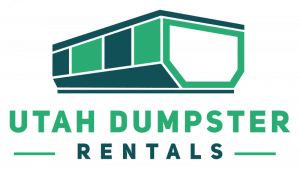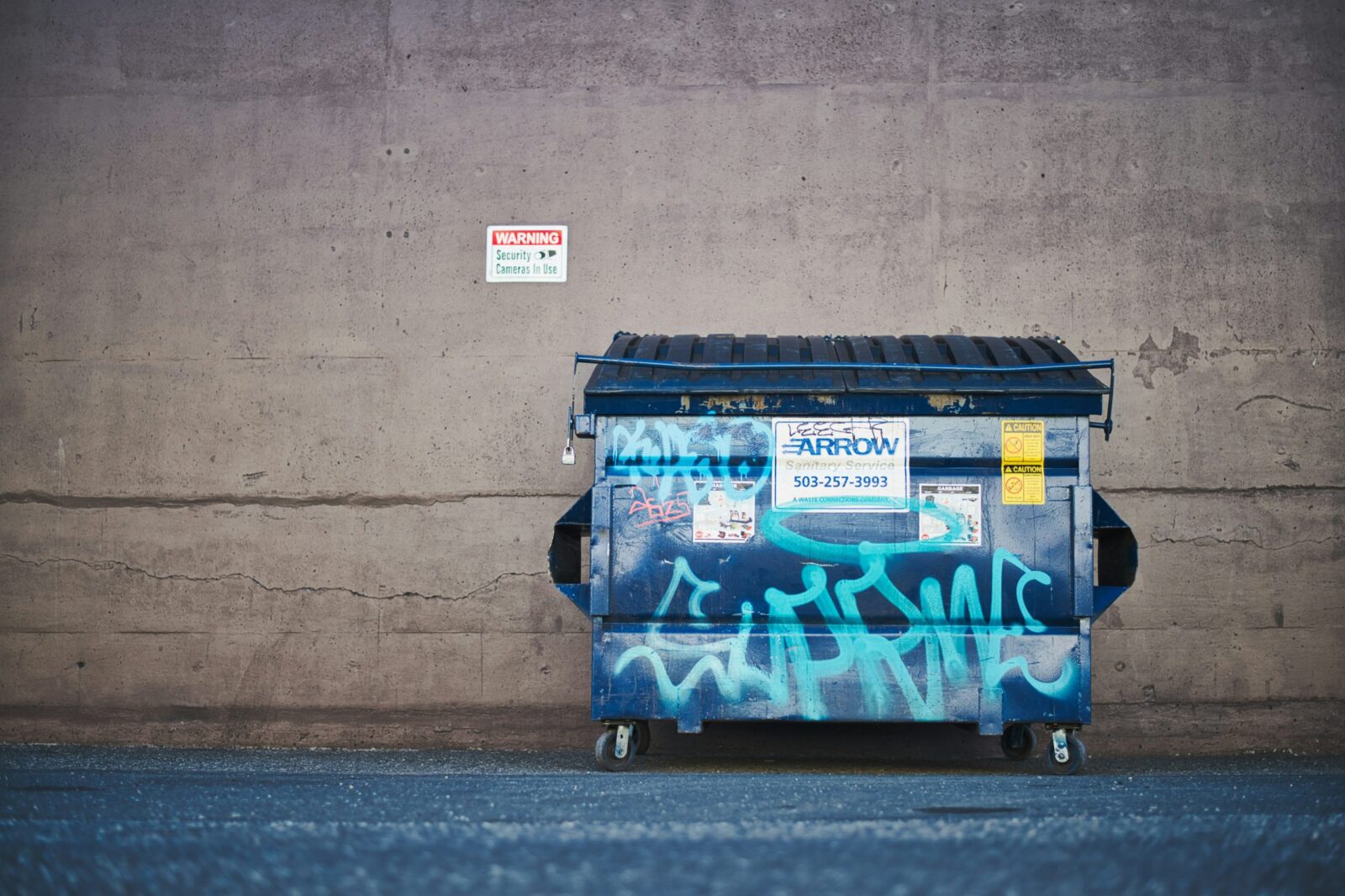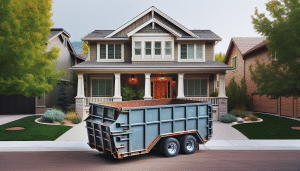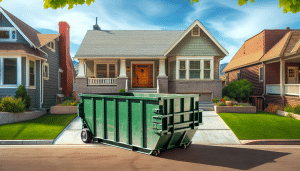Roofing projects are a substantial undertaking, and efficient waste management is crucial to their success. Whether you’re re-roofing your home or working on a commercial roofing project, disposing of old roofing materials and debris can be a significant challenge. Dumpster rentals can simplify the process and ensure proper waste disposal. In this guide, brought to you by Utah Dumpster Rentals, we’ll cover everything you need to know about using dumpsters for roofing projects.
Contents
1. Choose the Right Dumpster Size
Selecting the correct dumpster size is paramount for a roofing project. Roofing materials, such as shingles, can be heavy and bulky, so you’ll need a dumpster with the appropriate capacity. Consider the size and scope of your project and consult with your dumpster rental provider to choose a size that accommodates your needs without overpaying for unused space.
2. Materials to Dispose Of
Know the types of materials you’ll be disposing of during your roofing project. Common roofing materials include:
- Asphalt Shingles: The most common roofing material in residential projects.
- Wood Shakes: Used in some residential roofing.
- Metal Roofing: Found in commercial and residential applications.
- Roofing Felt and Underlayment: Used as roofing underlayment.
- Flashing and Venting: Components used in roofing systems.
- Old Nails, Fasteners, and Debris: Resulting from roof tear-off.
Ensure that your chosen dumpster can safely accommodate these materials and check with your dumpster rental provider if you have any specific disposal questions.
3. Permits and Regulations
Check local regulations and permitting requirements for dumpster placement. Some areas may require permits for placing dumpsters on public property or streets. Comply with these regulations to avoid potential fines or issues.
4. Protect Your Property
When placing a dumpster on your property, consider protecting surfaces from potential damage. Place plywood or boards under the dumpster’s wheels to distribute weight and prevent indentation or damage to driveways or lawns.
5. Proper Loading Techniques
Efficiently load the dumpster by placing heavier materials at the bottom and along the sides. This helps distribute weight evenly and prevents overloading. Avoid leaving empty spaces or gaps to maximize the dumpster’s capacity.
6. Safety Precautions
Safety should be a top priority during your roofing project. Ensure that anyone working around the dumpster follows safety protocols, wears appropriate personal protective equipment, and takes precautions when disposing of materials.
7. Rental Duration
Coordinate the rental duration with the timeline of your roofing project. Plan for the dumpster to be available for the entire project duration to avoid delays or the need for additional rentals.
8. Recycling Opportunities
Check if there are recycling options for roofing materials in your area. Asphalt shingles, for example, can often be recycled into pavement materials, reducing waste and benefiting the environment.
Conclusion
Using dumpster rentals for roofing projects is an effective way to manage waste and keep your project on track. By choosing the right dumpster size, understanding the materials you’ll be disposing of, and following safety and regulatory guidelines, you can ensure a smooth roofing project from start to finish. At Utah Dumpster Rentals, we’re here to assist you with your roofing project waste disposal needs. Contact us at 801-877-0684 or visit rentdumpsterutah.com to discuss your roofing project and arrange for a suitable dumpster rental.




